Somewhere between arriving home and going to bed, I stand with the refrigerator door open, unable to decide what to cook for dinner. Closing the door, I opt to place a delivery order, going against my set budget and general dislike of takeout. I have hit the wall mentally, and even the smallest of decisions of what to eat exceeds my mental capacity.
My day has not been unusually busy. It consisted of mothering, commuting, studying, and working. But it was one of those days where the mental fatigue I was experiencing led me to short-cut my solution, by ordering takeout. Mental overload can cause the brain to make short-cut solutions, and trigger procrastination.
Have you ever felt depleted at the end of a day? Do you experience exhaustion after driving a long distance? How about when Friday rolls around, and it has been a long week of planning, reading, and studying, and you just want to nap?
If you answered yes to any of these questions, then you too may have experienced decision fatigue.
What is Decision Fatigue?
Decision fatigue occurs when we are asked to make so many decisions that we feel overwhelmed, anxious, and stressed. The decisions may be benign, like what to wear, what to eat, or even daily tasks that employ executive functions, like brushing one’s teeth. All day we make choices, both on the conscious and subconscious levels, and those choices add up quickly. On average, an adult in the US can make a staggering 35,000 decisions per day.
According to the American Medical Association, “A person with decision fatigue may feel tired, have brain fog, or experience other signs and symptoms of physical or mental fatigue.” This happens when we keep piling on prolonged or difficult tasks, not realizing that we are overwhelming our brains. There is a cumulative aspect to decision fatigue: the more decisions you make, the worse you feel as the day goes on.
Ironically, automation such as self-checkout and other kinds of technological advancements are directly linked to decision fatigue. Those aids allow us to accomplish more tasks in a 24-hour cycle, exponentially increasing the numerous decisions we are forced to make in a day. Online banking, shopping, and virtual workplaces make it possible for us to do so much without ever having to leave our homes, which makes our to-do lists even longer.
Consequences of Decision Fatigue
You may simply have trouble making decisions when reading a menu, ordering a coffee drink, or picking something to watch on TV, but decision fatigue can also have more serious consequences. Decision fatigue can affect willpower, self-regulation and lead to poor decision-making, and result in burn out.
Decision fatigue is also associated with negative physiological and neurological function. Adverse levels of mental strain can disrupt neurotransmitters responsible for mood regulation, memory and sleep quality. For example, the feeling of being mentally and physically sapped due to decision fatigue comes from glutamate disruption. This is especially concerning because abnormal glutamate levels in the brain are associated with anxiety disorders, Alzheimer’s and Parkinson’s, fibromyalgia and a host of other conditions.
In addition to harming ourselves, fatigued decision-making has devastating effects on the people around us. In a New York Times article, John Tierney reports that only 10% of inmates whose hearings are later in the day are awarded parole, versus 70% of inmates whose hearings are first thing in the morning. This data suggests parole board members become overloaded mentally throughout a day’s hearings, resulting in an inability to perform their job.
Reducing Decision Fatigue
It can be difficult to identify whether decision fatigue is affecting us because it shares common symptoms with many psychological and psychiatric disorders. Avoidance, procrastination, indecision and impulsive behavior are hallmarks of these disorders, but they are also the chief signs of decision fatigue.
In any case, we can take steps to minimize our exposure to excess decision-making. Heidi Zak, a contributing writer for Inc., suggests that we zero in on the timing and priority of decisions we must make. Planning ahead, making lists, identifying and scaling down less important activities are all examples of streamlining our actions, leaving us less drained. We can also shoot for that steady bedtime, or if we are students, mothers, or travelers, a power nap. The number-one remedy for decision fatigue is regulated sleep, which helps preserve energy and clear thinking.
Even streamlining the smallest decisions can help. Mark Zuckerberg is known for his famously pared-down wardrobe—a Brunello Cuccinelli gray T-shirt and jeans—which, according to Zuckerberg, helps him streamline his daily decisions and preserve stamina for larger and more complex problems. For the rest of us non-billionaires, a capsule wardrobe might be a pragmatic choice, but we can still take conscious steps to reduce the onslaught of decisions we must make.
The self-check-out at the grocery store may seem like a timesaver—however, it is a decision-fatigue trap. I have learned to steer clear of these “conveniences” whenever possible. It could just be what puts me over the edge after a long day.

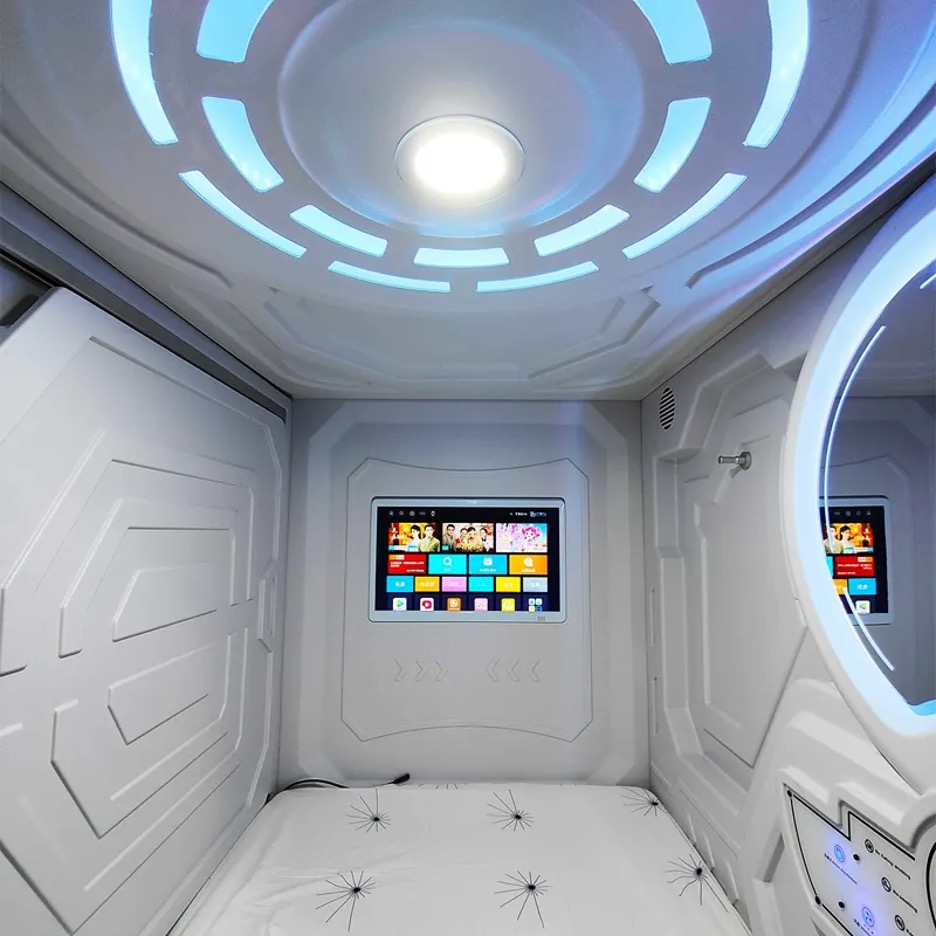
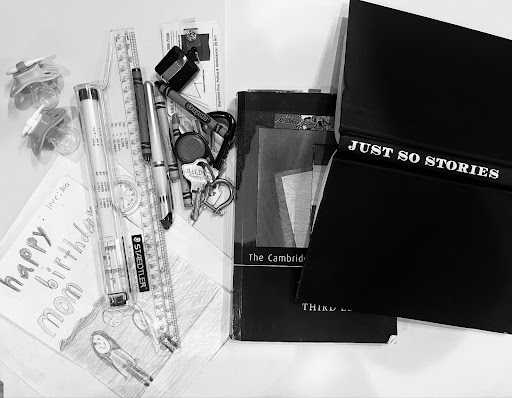








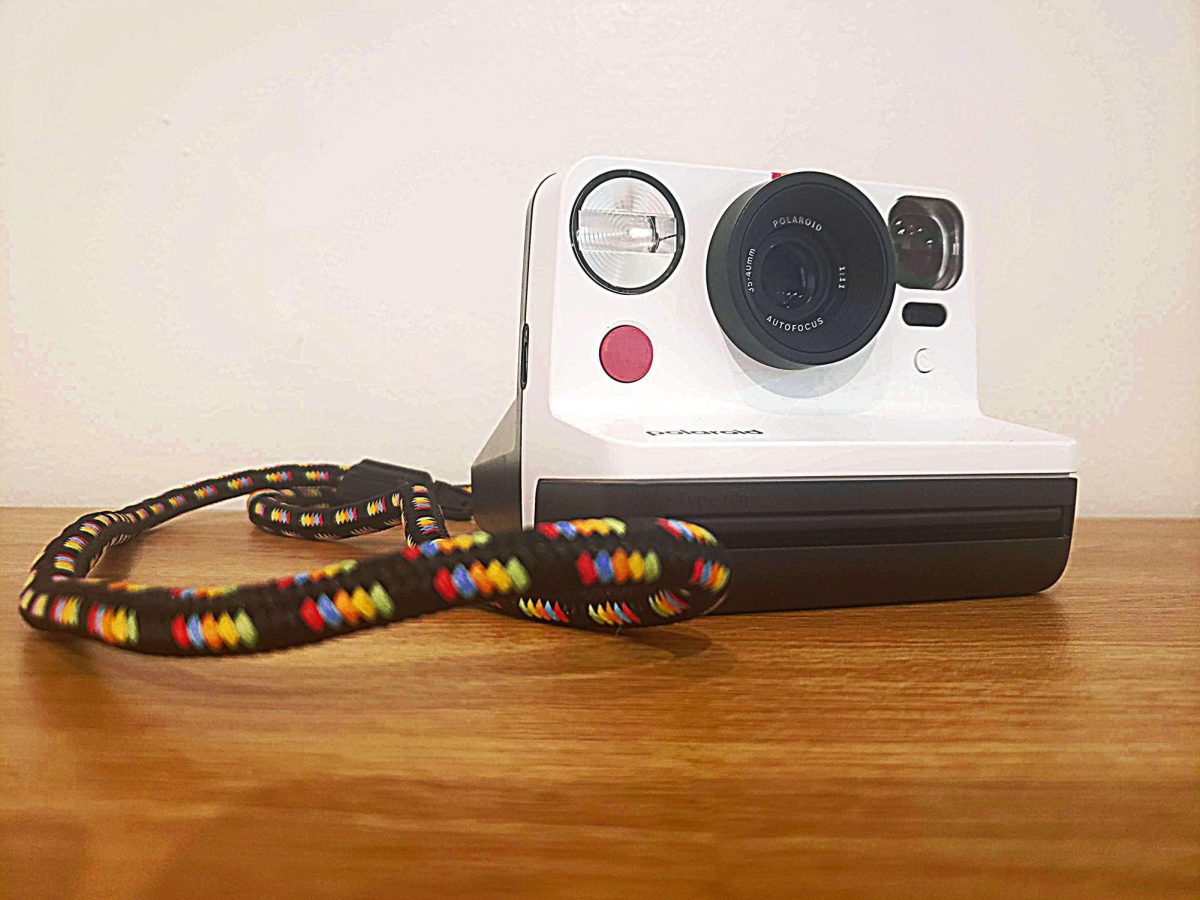

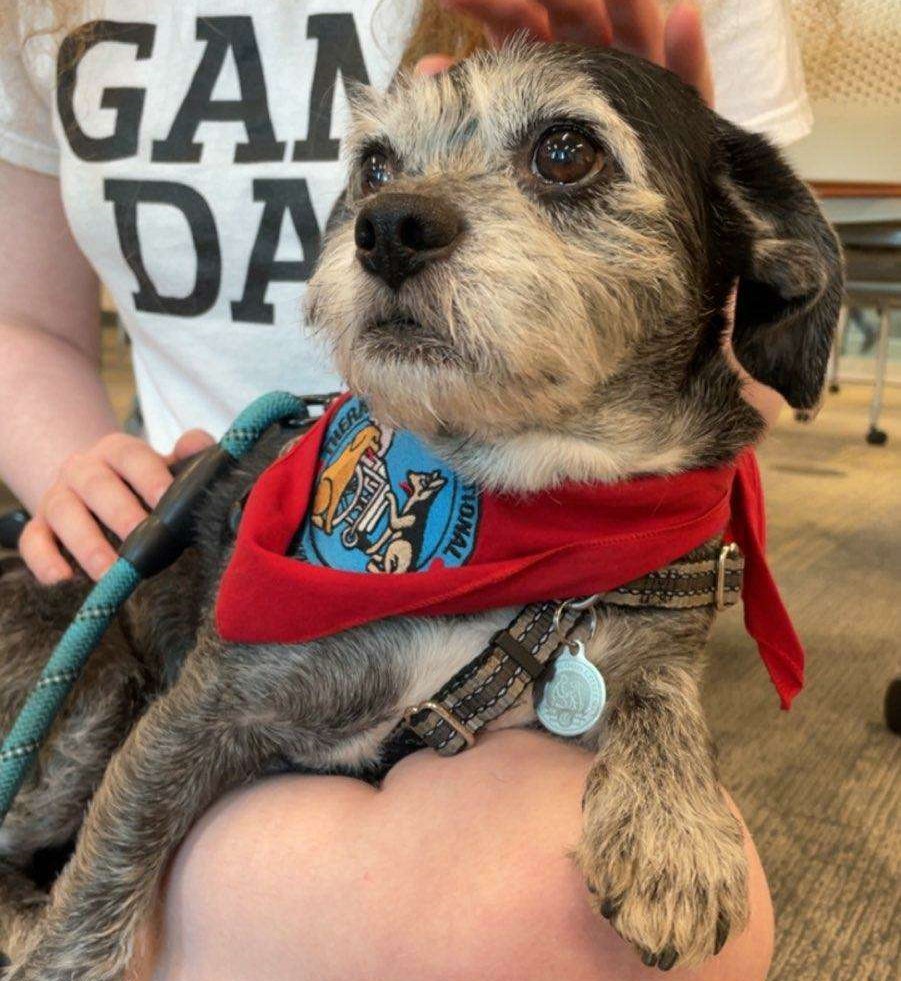


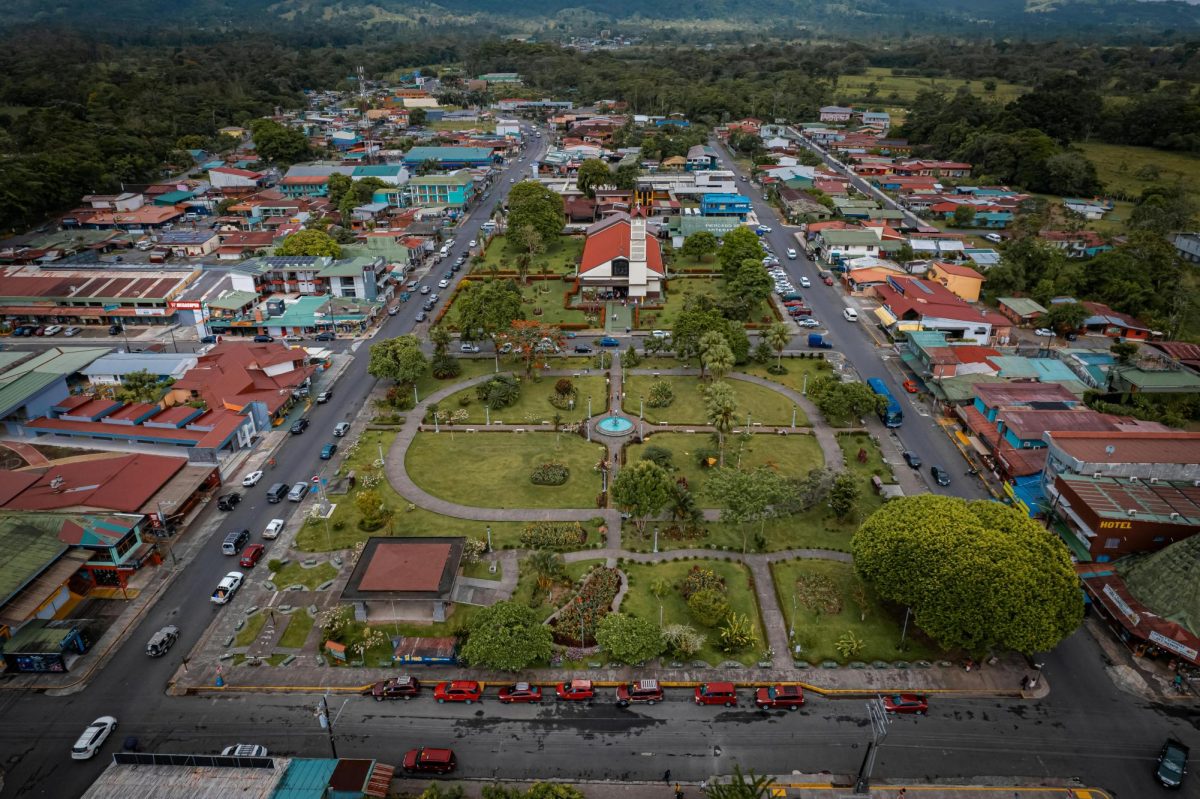







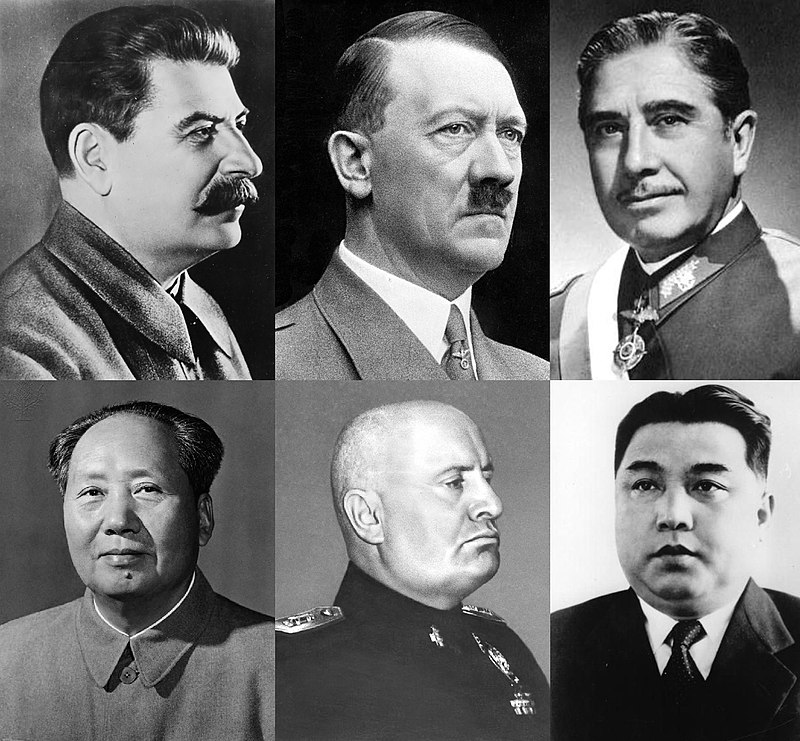



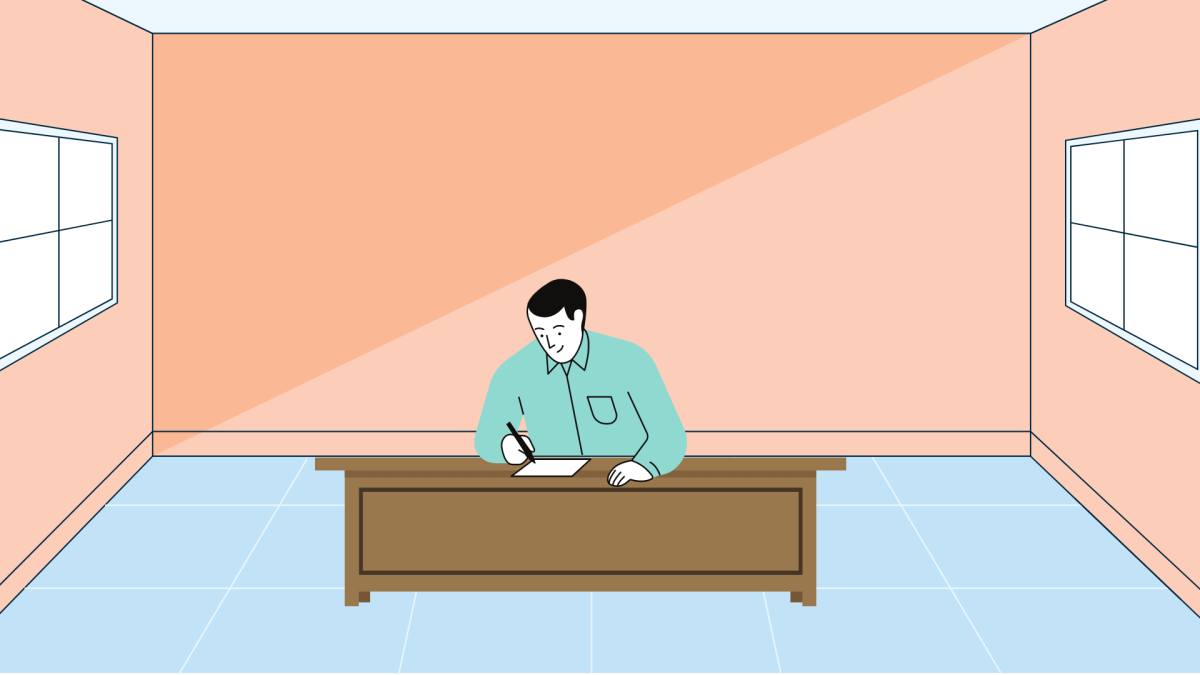
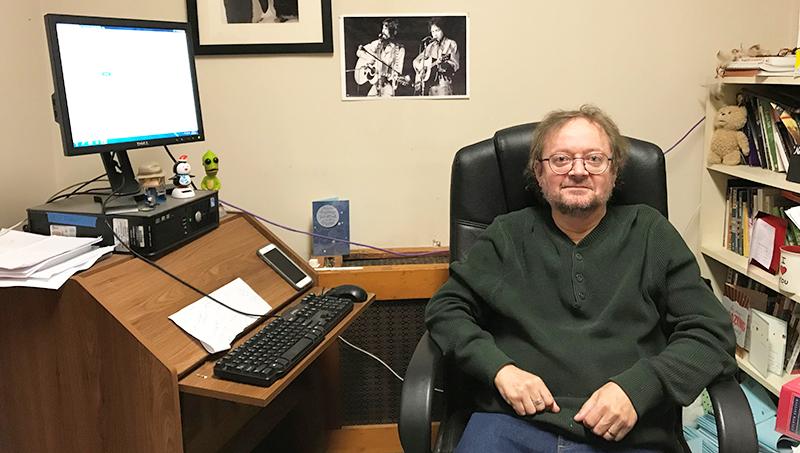

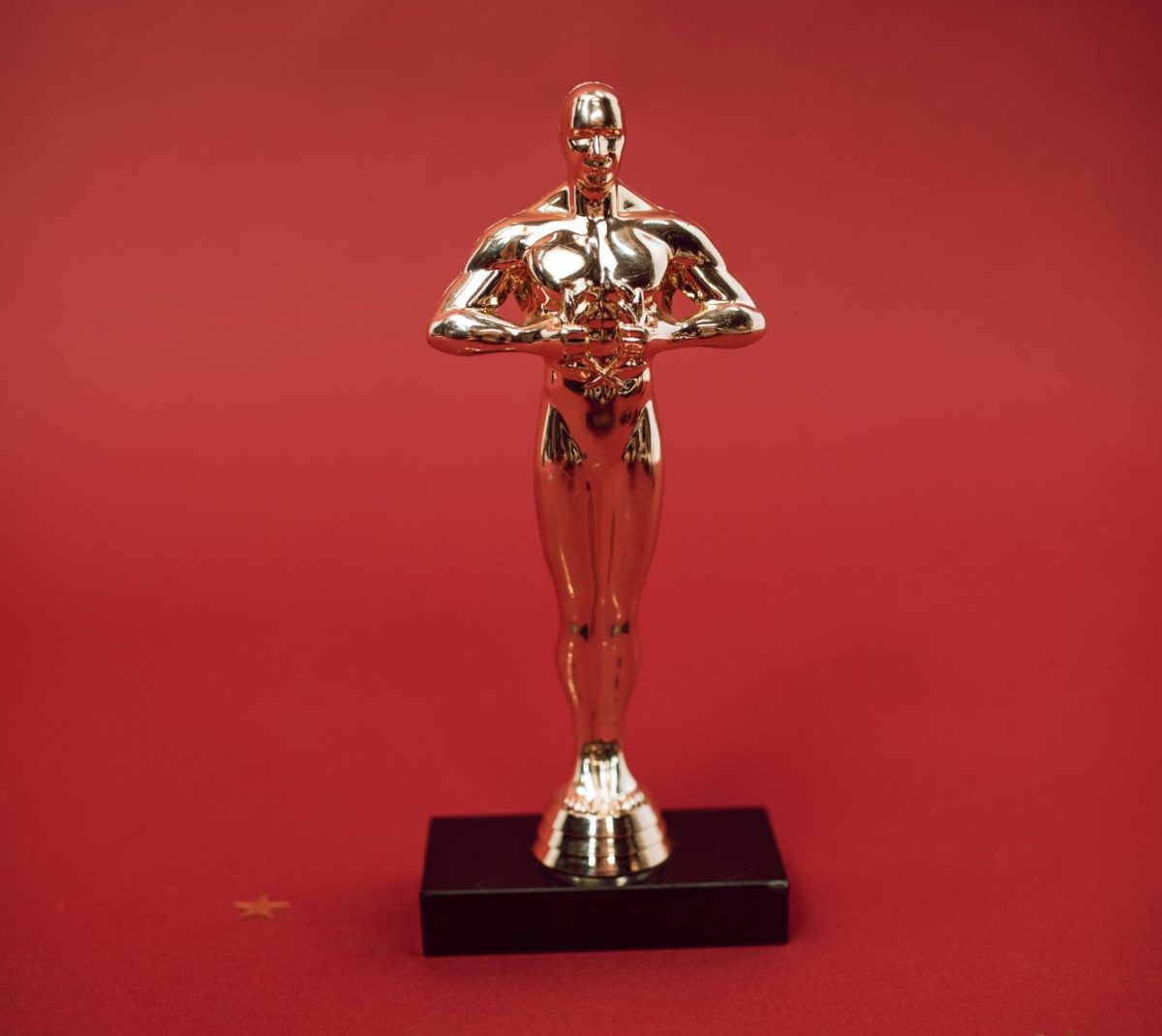

Jennifer Mucci-Cruz • Feb 28, 2024 at 3:55 pm
…. Excellent information and so well written…It was pretty outstanding of how much I related to all of this ….Looking forward to your next read ….Keep them coming!
Best ~ JMC
Marie friedman • Feb 27, 2024 at 11:56 am
Food for thought ..well written
Madelaine Marlowe • Feb 26, 2024 at 8:18 pm
Excellent…informative and well written
Can’t wait to read your next article.
Annie • Feb 23, 2024 at 9:25 am
I never knew there was a name to this! I’m going to rethink how I go about my day to minimize this fatigue and stress. Bravo on this great piece!